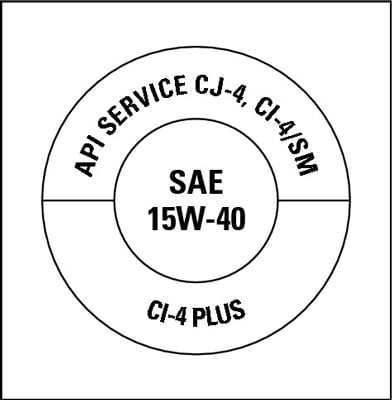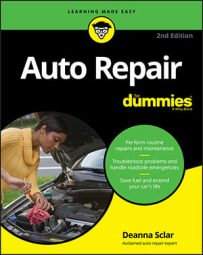Just like regular gasoline engines, diesel engines require regular maintenance that involves changing the lubricating oil that keeps your vehicle's parts running smoothly. If you can change the oil on a gasoline engine, you can change the oil on a diesel — just be aware of a few differences.
Because diesel fuel is sometimes called diesel oil, be aware that the oil you have to change is not the fuel oil but the oil that lubricates the engine. This job requires lubricating oil that’s specially designed for diesel engines — not gasoline engines. After you understand that distinction, the actual work involved is the same as it is for conventional vehicles except that you have to do the task more often on a diesel.
Be sure to check your oil dipstick at least once a week, and change the oil filter every time you change the oil. Don’t be surprised if you change the lubricating oil in your diesel, run the engine for two minutes, and check the dipstick only to find that the new oil has turned pitch black; this is normal and not a reason to change the oil again immediately.
Your owner’s manual tells you the maximum interval you can wait between changes, but the more often you change the oil on any vehicle, the longer the vehicle will live and the healthier it will be. That goes double for diesels because extreme heat and pressure help to contaminate the lubricating oil more quickly.The cost of having a professional change the oil on a diesel engine can be from two to four times greater than on a gas engine. This may be extra motivation for doing this relatively simple job yourself.
Because the procedure is the same, all the instructions for changing oil and oil filters in conventional vehicles are relevant for diesels except for the oil classification codes. (The classification codes for automotive oils tell you which oil to use under a specific set of conditions.)

Unless your vehicle is several years old, your owner’s manual will list the proper API category oil to use. The manual also specifies a viscosity grade in the form of a number preceded by the initials “SAE.” This grade refers to the “weight” of the oil and the temperature conditions under which it will flow. Diesel lubricating oil comes in the same range of weights as oil for conventional vehicles.
To be sure you’re putting the most-improved diesel oil in your vehicle, check out the most recent API classification codes at your dealership or auto parts store, or go to the American Petroleum Institute (API) website for its Motor Oil Guide.

